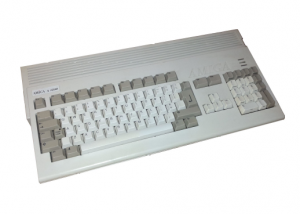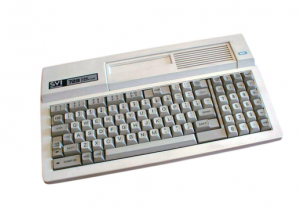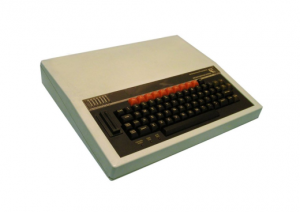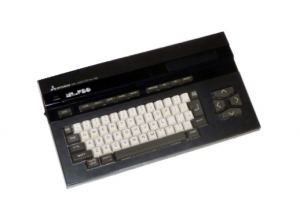An 8-bit Surprise:
Pinball Dreams on Amstrad CPC
In the world of home computers, the Amstrad CPC (Colour Personal Computer) series stood out in the 1980s as a powerful yet affordable 8-bit platform, especially popular in Europe. Known for its integrated design and colorful graphics, the CPC was primarily seen as a gaming and hobbyist machine. However, in the early 1990s, the CPC received a surprising late-era gem: a conversion of the legendary Pinball Dreams, originally developed for 16-bit systems. Pinball Dreams, developed by Digital Illusions (DICE) in Sweden and released by 21st Century Entertainment in 1992, originally targeted the Commodore Amiga and MS-DOS PCs. Known for its realistic physics, smooth scrolling, and digitized sound effects, it quickly became one of the best digital pinball games of its time. Pinball Dreams pushed 16-bit hardware with its fast-paced graphics, detailed tables, and authentic flipper mechanics.
In the early 1990s, 8-bit computers were in decline. Yet, against the odds, Pinball Dreams was ported to the Amstrad CPC. According to indieretronews.com, in 2016 the Batman Group who specialize in creating amazing demos for the classic computers, released a preview of an Amstrad version of the Digital Illusions masterpiece. In early 2019, there is a full completed game which dazzled CPC fans and 8 bit gamers. This late conversion is now regarded as a technical marvel in the CPC community.
Technical Achievements of the CPC Version
Adapting a 16-bit pinball game to an 8-bit computer required numerous compromises and innovations:
- Vertical Scrolling: Pinball tables required smooth vertical scrolling—something difficult on the CPC. The port managed to deliver surprisingly fluid scrolling by employing optimized Z80 assembly code and clever use of Mode 1 graphics (4 colors at 320×200 resolution).
- Color Palette:
The limited 4-color graphics mode was used effectively, with high-contrast table designs to ensure clarity. - Sound:
The AY sound chip reproduced simple but effective pinball effects and music. - Physics Engine:
While simplified compared to the Amiga version, the flipper and ball mechanics remained highly playable. - Disk Loading:
The game utilized floppy disk storage, which allowed loading entire tables into memory, unlike tape-based games.
Despite hardware limitations, the CPC version of Pinball Dreams captured much of the feel of the original game, surprising both reviewers and players. The release of Pinball Dreams on Amstrad CPC serves as a testament to the dedication of small developers who sought to push 8-bit hardware far beyond its perceived limits. Rather than being a simple cash-in or downgraded port, the CPC version of Pinball Dreams stands as one of the most polished arcade-style experiences on the platform.































